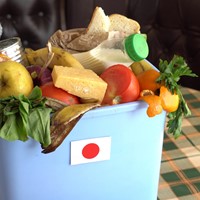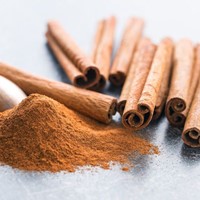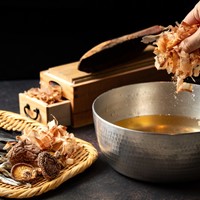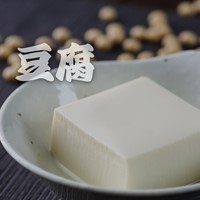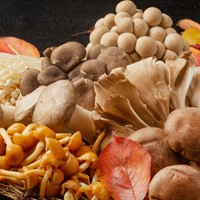Types of Salt in Japan: Natural, Refined & How to Choose
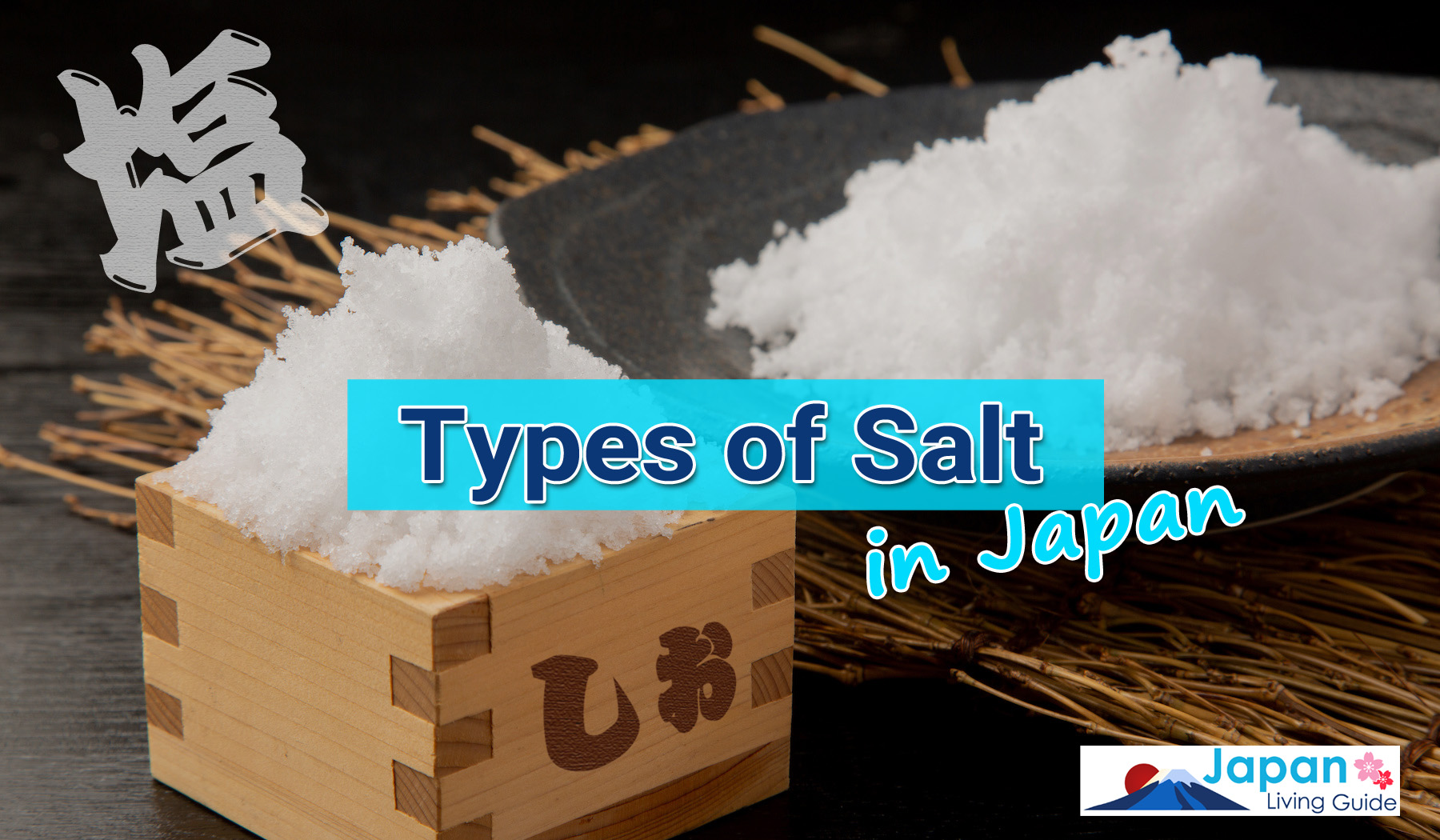
This page contains affiliate links.
Salt is one of the most popular seasonings in food, and Japan is no different. Many Japanese dishes pride themselves on needing no other seasonings beyond salt. Therefore, when cooking in Japan, choosing salt is an important choice. A wide range is available, including natural salt, refined salt, and several other options. With Japan as an island nation, sea salt is abundant, so naturally, natural salt is the most suitable choice. Here we will explore some of those options to help you make the best choice for your cooking.
What is Natural Salt?
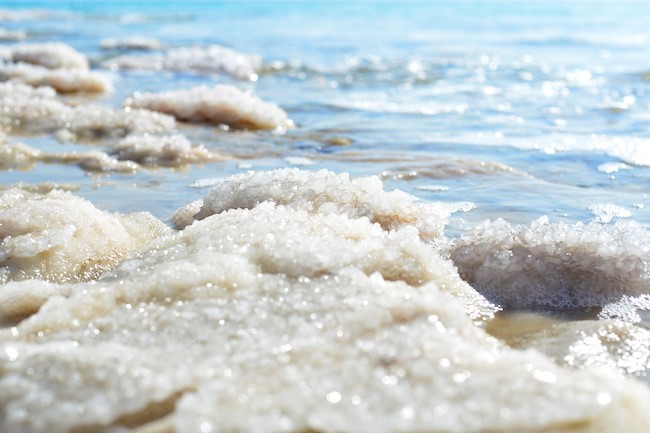
Natural salt does not have a regulated definition, but most 'Japanese salt' is sea salt—ergo, natural salt. This salt is the most traditional style in Japan and was first made by boiling seawater in pots until all that remained were the salt crystals. In the 7th Century, using clay pan salt fields made salt production faster and more efficient. This process is used for sun and wind evaporation and seawater boiling to manufacture large amounts of salt.
Natural salt often contains trace elements of various other minerals, many of which are beneficial or even essential to the human body. These can include magnesium, calcium, zinc, and iron. Natural salt requires more extensive production methods, often more expensive than other salt options.
What is Refined Salt?
Refined salt is often sold as 'table salt,' produced by electrolyzing seawater. This chemical process also eliminates the other minerals contained in the salt, making it 99.5% NaCl. However, this production method is much more efficient on a large scale, making mass production easier. For this reason, refined salt is more common and affordable than most natural salt.
Natural Salt vs. Refined Salt
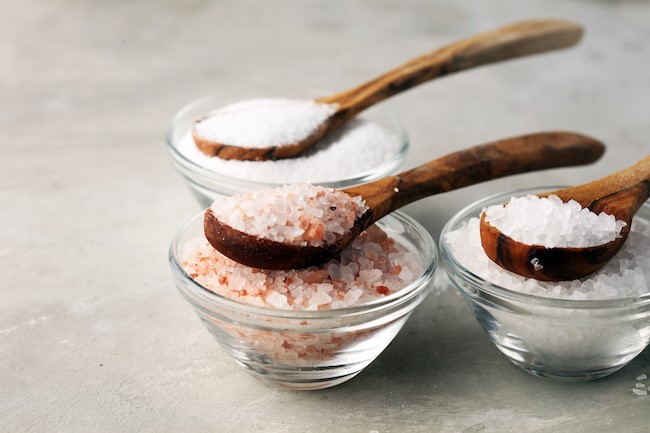
The main difference between natural and refined salt is the production method. Natural salt uses more natural methods, such as boiling and sun drying, while refined salt requires electrolyzing seawater.
How to Recognize & Choose Natural Salt in Japan
When shopping for salt in Japan, the best way to identify the different salts is by looking at the ingredients and manufacturing methods on the label. Natural salt should have only one ingredient – seawater (海水). There may be some variations on this. Variations can include sea salt (海塩), rock salt (岩塩), and lake salt (湖塩). It is also possible to see sun-dried salt (天日塩) as the ingredient, even though it describes both the process and ingredient. The ingredient list will also note where the water originates.
Under this will be a listing of the manufacturing method. The key manufacturing methods to look for are sun-drying (天日) or open pot (平釜).
Salt Manufacturing Process
Sun-drying (天日):
Using the sun or wind power to evaporate water
Open (flat) pot (平釜):
Condense salt water by boiling in an unsealed oven (pot)
Ion exchange membranes (イオン膜):
Condense seawater using ionic exchange membranes
Dissolution (溶解):
Dissolve sun-dried salt, rock salt, etc. in seawater to make thick salt water
Standing pot (立釜):
Condense salt water by heating and evaporating in a sealed oven (pot)
What is Bittern (nigari)?
Bittern (nigari) is a solution that is sometimes left over after salt production through evaporation. It is mainly made up of magnesium chloride. This mineral was identified by the Ministry of Health, Labor, and Welfare as a significant component of "essential elements." Bittern contains several other minerals as well.
Benefits of Magnesium
There are many benefits to magnesium—a mineral many people lack. Magnesium is necessary for many processes in the body, including regulating blood sugar and blood pressure, digestive functions, and absorption of calcium. It is also an essential nutrient for maintaining healthy nerves, bones, muscles, and the digestive system. Low magnesium can lead to several health problems, including heart attacks, strokes, diabetes, and osteoporosis.
Other Minerals Found in Bittern (nigari):
There are many minerals besides magnesium. Some of these include:
Calcium – Widely known for being essential for strong bones and teeth; it also benefits overall mood. It increases cells' ability to absorb nutrients.
Potassium – Potassium can help maintain the water balance in the body by draining excess salt and regulating heart and muscle functions.
Sodium – As much as we hear about keeping sodium levels in food low, it is still necessary to absorb balanced calcium levels into the blood.
Copper – Copper can help enhance the iron balance in the blood and supplement the SOD enzyme that counteracts active oxygen.
Zinc – Zinc is a necessary mineral for wound healing, the appearance of the skin, and sexual ability.
Iron – Iron is one of the most important minerals for bodily function. It is a necessary component of blood and helps to transport oxygen to the body.
Manganese – Finally, manganese helps activate enzymes. A manganese deficiency can lead to a lack of insulin regulation and further blood sugar issues.
What is Reprocessed Salt?
Reprocessed salt is made of refined salt with bittern added to compensate for the minerals lost during manufacturing. Sometimes the color is altered due to this process, so it may appear more pink or orange than the standard white we are used to seeing. While it is important to remember that it is not natural salt, it is more mineral-balanced than refined salt and at a more affordable price than natural salt.
So, Which Salt is the Best?
If you would like to chose natural salt, we recommend that it is made from seawater (海水) and the process be "Sun-drying (天日)" and "Open (flat) pot (平釜)".
If the process includes the words "Ion exchange membranes(イオン膜)" or "standing pot (立釜)," it is refined salt.
If calcium or magnesium (bittern) is added to the ingredients, and the process includes the words "dissolving (溶解)" or "mixing (混合)," you can tell it is reprocessed salt.
However, some natural salt processes do not use "sun-drying" or "open (flat) pot" (e.g. reverse osmosis), so be sure to check the raw materials and mineral composition as well.
When choosing reprocessed salt, check to ensure that no artificial minerals are added nor no refined salt is used.
Choosing the Right Salt for Your Cooking in Japan
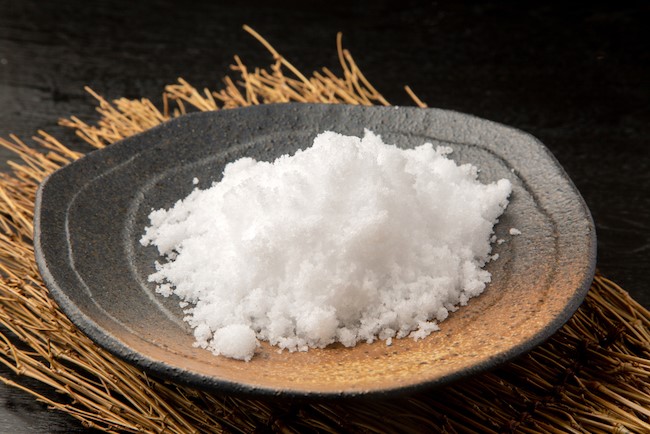
Salt is a critical ingredient in many dishes and is a highly popular seasoning. Japan has many different salts, including natural salt, refined salt, reprocessed salt, and the salt-adjacent bittern. To choose between these, we have provided all the information to make the ideal choice for your cooking and household. Each salt has a distinct flavor. It could be fun to experiment with different salts to find the one that's right for you, or change the salt to match the dishes.
For more content on popular Japanese ingredients and cuisine, please check out our other articles!
